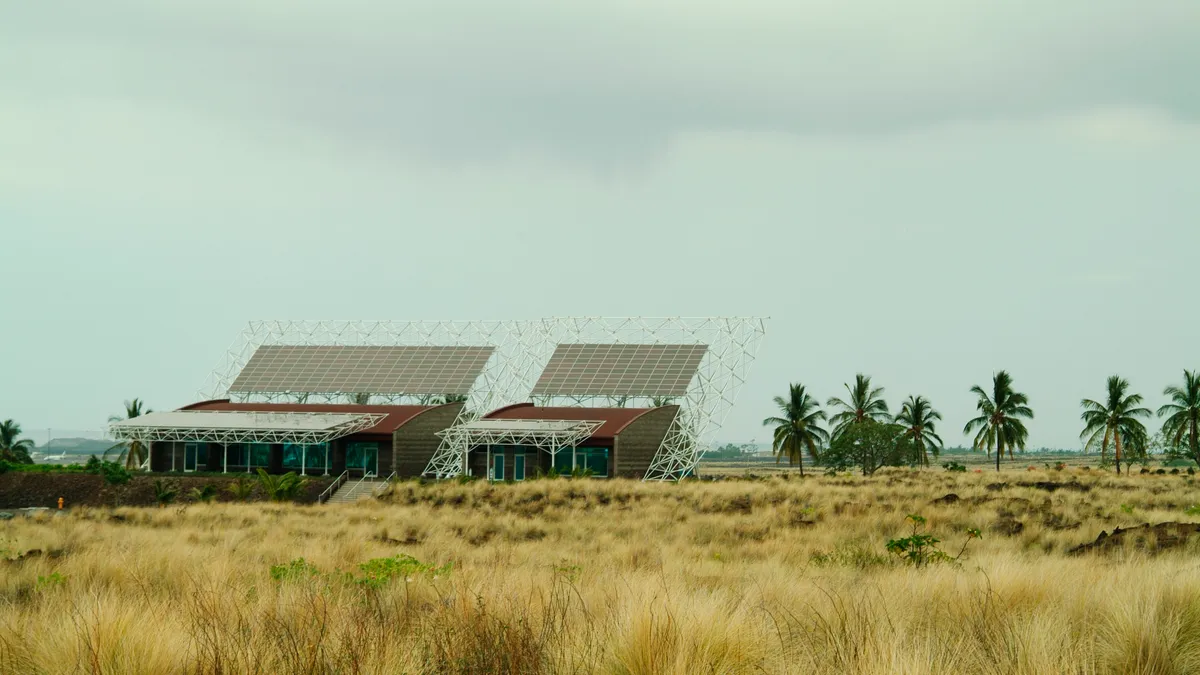Dive Brief:
- Distributed energy resource (DER) groups in Hawaii want the state's Public Utilities Commission (PUC) to help expedite bottlenecks in interconnection processes as part of a broader strategy to bolster economic recovery from the turmoil caused by COVID-19.
- DERs will be a "critical contributor" to building Hawaii's economic resilience and recovery from the pandemic by creating jobs, reducing the cost of electricity and maintaining progress toward clean energy goals, the Distributed Energy Resources Council, Hawai'i PV Coalition, and Hawaii Solar Energy Association said in a letter to regulators last Friday.
- Hawaiian Electric Co. is reviewing the letter and remains open to "anything we can safely, reasonably do to expedite the process to keep them working," senior spokesman Peter Rosegg told Utility Dive in an email.
Dive Insight:
As the economic repercussions of the COVID-19 pandemic unfold, regulators across the country have been looking into measures to protect customers.
On March 13, the Hawaii PUC initiated emergency procedures to deal with the outbreak and completely shifted to remote work and an all-electronic filing system. The agency followed that up with a statement on March 24 asking for new proposals and requests to ensure reliable services during the emergency, maintain progress toward clean energy goals and support economic recovery post COVID-19.
The solar industry can play a critical role in this, according to the DER groups, but it "must survive over the next six months to be able to assist with that recovery."
They noted in their letter that COVID-19 has significantly disrupted the local distributed solar industry — which provides thousands of jobs in Hawaii — especially due to stay-at-home orders and social distancing measures. Their own surveys have indicated that many Hawaiian companies have either laid off or furloughed a number of employees, they said.
A potential solution could be to require Hawaiian Electric to expedite the interconnection process, so that customers currently waiting to complete their installations can move ahead, reducing their electricity bills, and DER groups can continue to operate, the organizations said.
Some of their specific asks include allowing DER systems below 25 kW to begin operating upon installation once inverter safety features are activated — instead of going through a six to eight-week permission process — and conducting meter swaps within two weeks of a request being made. Additionally, the groups suggested requiring Hawaiian Electric to roll out a six-month plan to expand its interconnection processes.
Around 20% of Hawaiian Electric's customers across the state have rooftop solar — a figure that needs to double to reach Hawaii's aggressive renewable energy goals, Rosegg said, adding that "our Customer Energy Resources department has been and continues to work closely with developers, especially in this uncertain time. We committed to them to do all we can to meet our deadlines and be flexible about them meeting theirs."
The letter isn't meant to criticize the PUC or utilities, Will Giese, executive director of the Hawaii Solar Energy Association told Utility Dive. Even before the crisis, the association was looking to reduce soft costs and the overall price of a system by expediting interconnection procedures — and he thinks this is important now more so than ever.
"When people are staying at home, using a lot of electricity, and they're able to get a system and get it up and running as soon as possible, they're going to see that benefit even more than … four or five months ago," he said.
The PUC is in a very good place to provide what's essentially a stimulus without actually getting federal dollars, he said.
Hawaii has around 85,000 rooftop PV systems, translating to one in six or one in seven of all single-family homes in the state, according to Marco Mangelsdorf, president of ProVision Solar.
If the pandemic were to lead to a power scarcity, distributed generation would be an enormous boost and a way to promote resilience and the ability of homeowners and PV system owners to have their lights on, he said.














